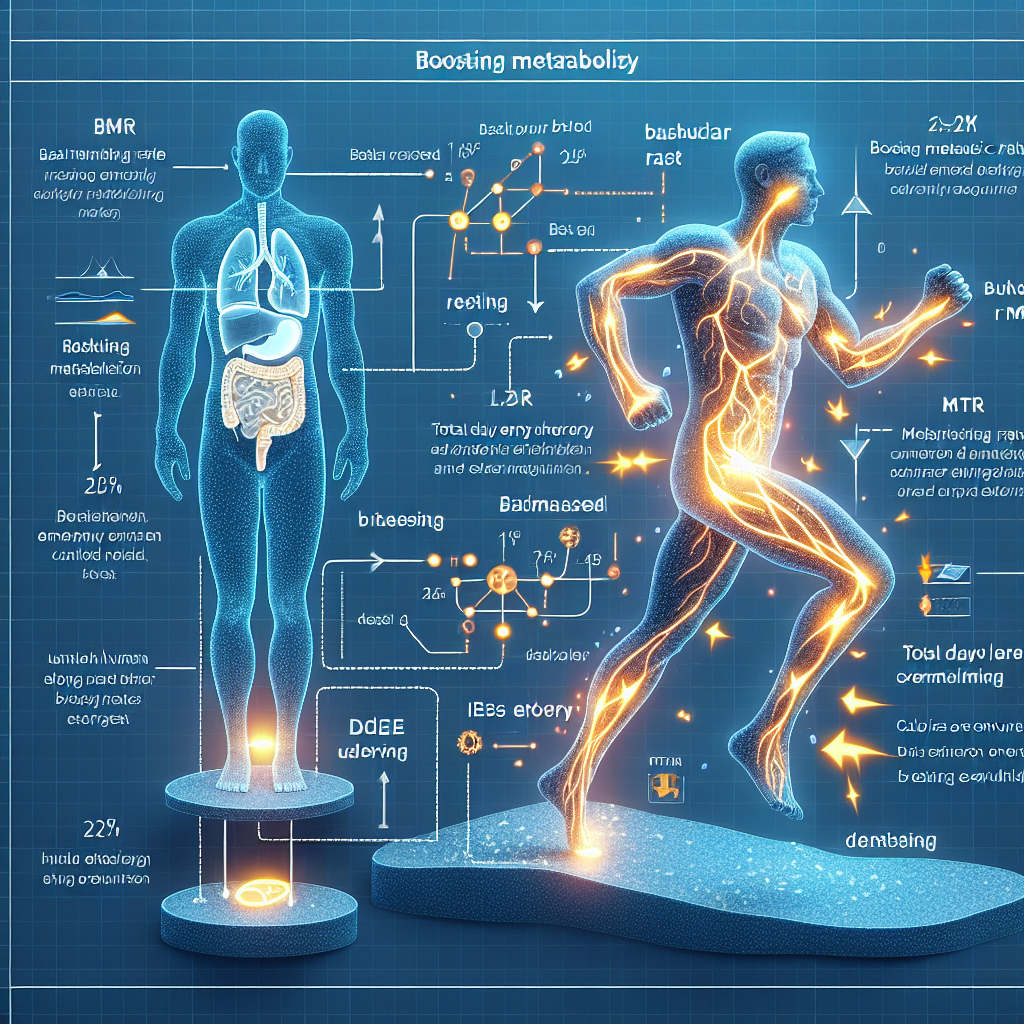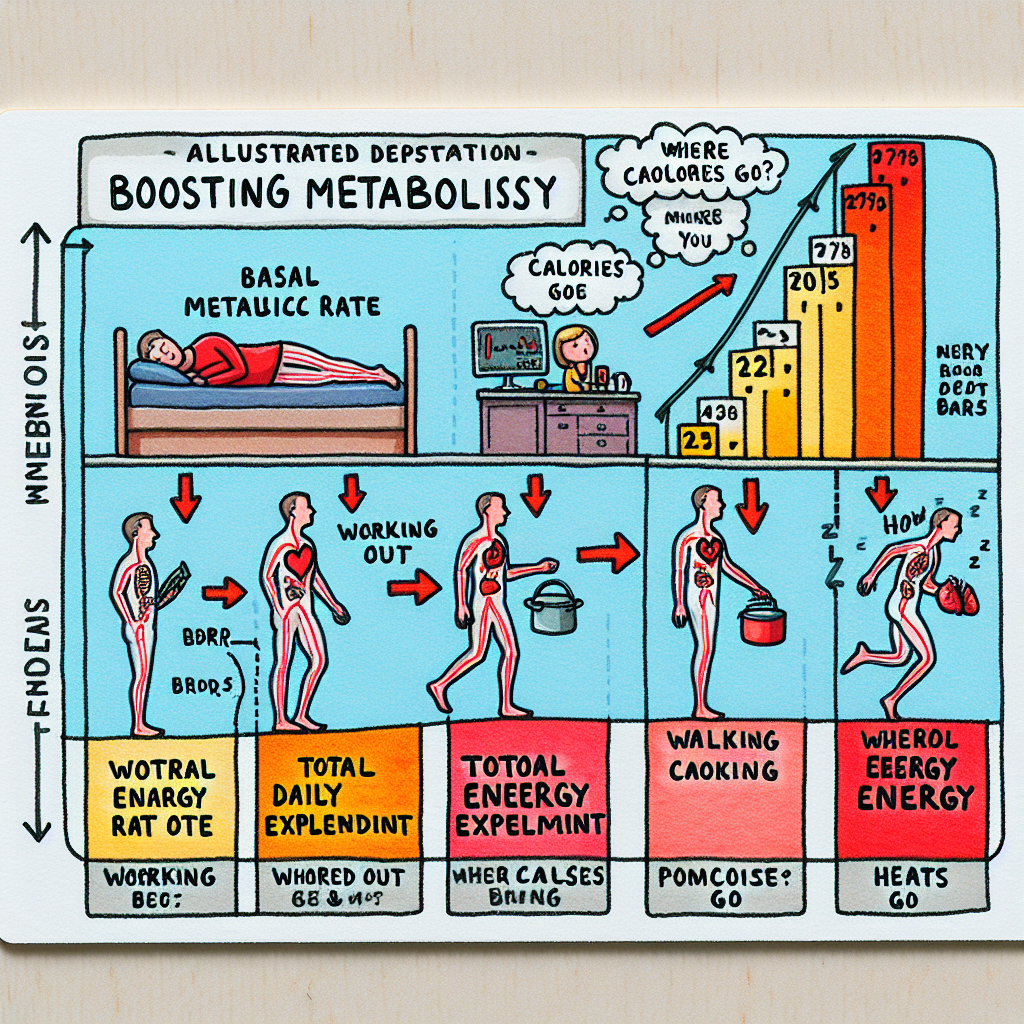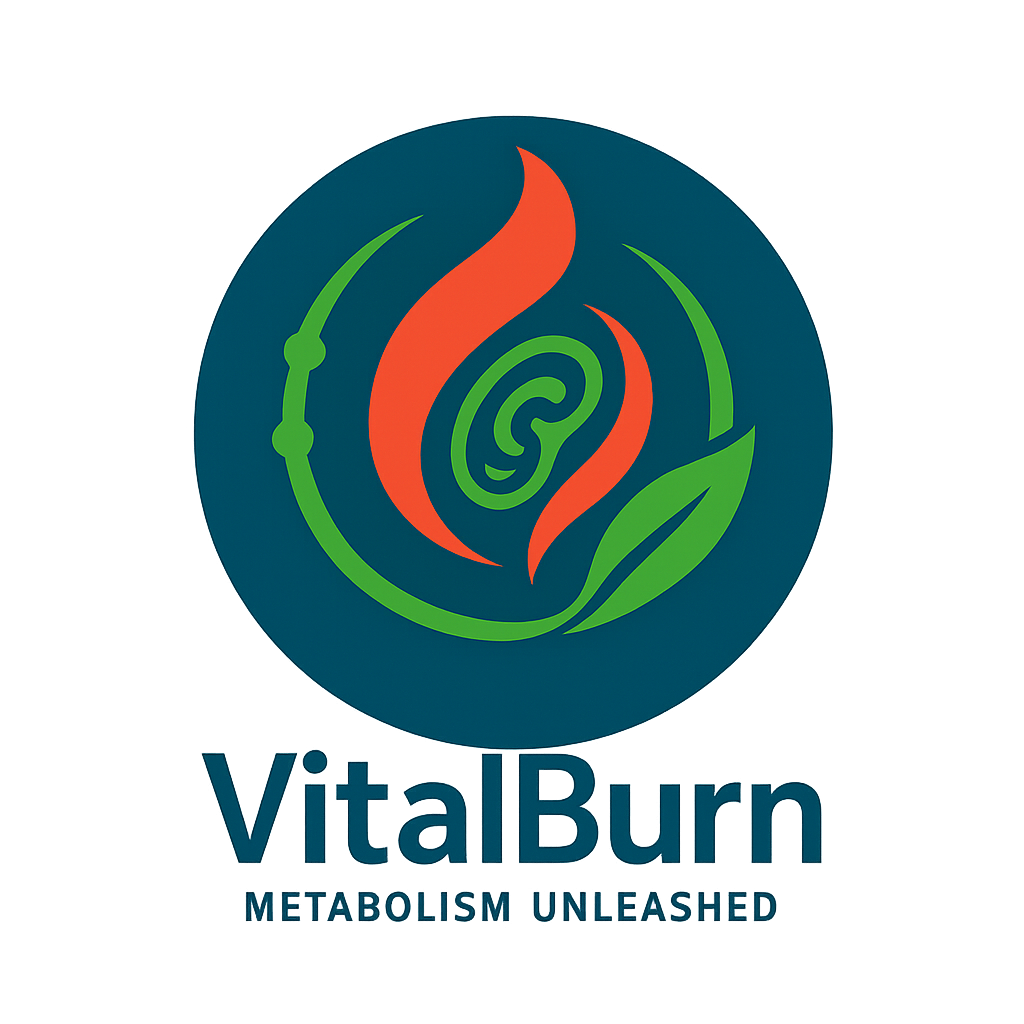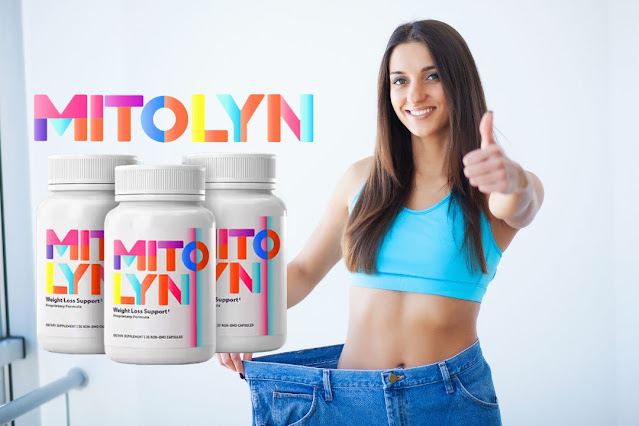– What “boosting metabolism” really means: BMR vs TDEE and where calories go
– The four components of energy expenditure: BMR, NEAT, TEF, and exercise
– How much can metabolism actually be increased? Realistic ranges vs hype
– Measuring metabolism: indirect calorimetry, doubly labeled water, and wearable accuracy
– Adaptive thermogenesis: why metabolism drops during and after dieting
– Reverse dieting: what evidence supports it and what doesn’t
– The thermic effect of food: protein vs carbs vs fat
– High-protein diets for metabolic support: mechanisms, benefits, and limits
– Whole foods vs ultra-processed foods: effects on TEF and appetite regulation
– Fiber’s role in metabolic health and appetite
– Meal frequency: grazing vs three meals for metabolism and hunger
– Breakfast timing and circadian rhythms: does it matter for metabolic rate?
– Intermittent fasting and resting metabolic rate: what studies show
– Nutrient timing around workouts and implications for energy expenditure
– Hydration and water-induced thermogenesis: small effects, practical takeaways
– Caffeine, coffee, and tea: effective doses, tolerance, and safety
– Green tea catechins (EGCG): realistic effects and liver safety considerations
– Capsaicin and capsinoids: spicy foods and thermogenesis
– Creatine’s indirect metabolic benefits via lean mass and performance

– Cold exposure and brown fat activation: evidence and protocols
– Heat exposure/sauna: EPOC, fluid shifts, and metabolic claims
– Standing desks, step targets, and micro-movements: NEAT strategies for desk workers
– Fidgeting and posture changes as underrated calorie burners
– Resistance training for metabolism: lean mass, RMR, and aging
– HIIT vs steady-state cardio: EPOC and total energy balance
– Metabolic flexibility: improving the body’s fuel switching and insulin sensitivity
– Sleep duration and quality: impacts on hormones and energy expenditure
– Circadian alignment, shift work, and metabolic health
– Stress, cortisol, and appetite: separating cause from correlation
– Thyroid health basics: iodine, selenium, when to test, and when to see a clinician
– Sex hormones and metabolism: perimenopause/menopause considerations
– Aging and sarcopenia: preserving metabolism with protein and resistance training
– Genetics and individual variability in metabolic rate and weight change
– Gut microbiome and energy harvest: what’s known vs speculation
– GLP-1 medications: effects on appetite, energy intake, and resting expenditure
– Alcohol’s effects on metabolism, sleep, and fat oxidation
– Micronutrients that matter: iron, B12, vitamin D, and metabolic fatigue
– PCOS and metabolism: insulin resistance, cycle effects, and strategies

– Postpartum metabolism and breastfeeding energy expenditure
– Plant-based diets and metabolism: protein quality, TEF, and satiety
– Low-carb vs low-fat: metabolic ward findings on energy expenditure
– Overfeeding vs underfeeding: short-term changes in metabolic rate
– Refeeds and diet breaks: do they raise metabolism or just morale?
– The “metabolic damage” myth and what plateaus really mean
– Building a metabolism-supportive day: a practical template
– Setting calories with TDEE and adjusting for activity and adaptation
– Breaking plateaus: NEAT, protein, recovery, and training variables
– Maintaining weight loss without crashing metabolism: long-term strategies
– Brown fat in adults: how much does it matter practically?
– Medical red flags masquerading as “slow metabolism” and when to get help
– Athletes vs non-athletes: how training volume alters metabolism
– Teens and young adults: growth, hormones, and energy needs
– Tech review: metabolic carts, breath analyzers, and calorie-tracking wearables
– Social media myths about “fat-burning foods” and “metabolic boosters”
– A seven-day experiment to audit and increase NEAT safely
– Ethical considerations: marketing of “metabolic boosters” and consumer protection



